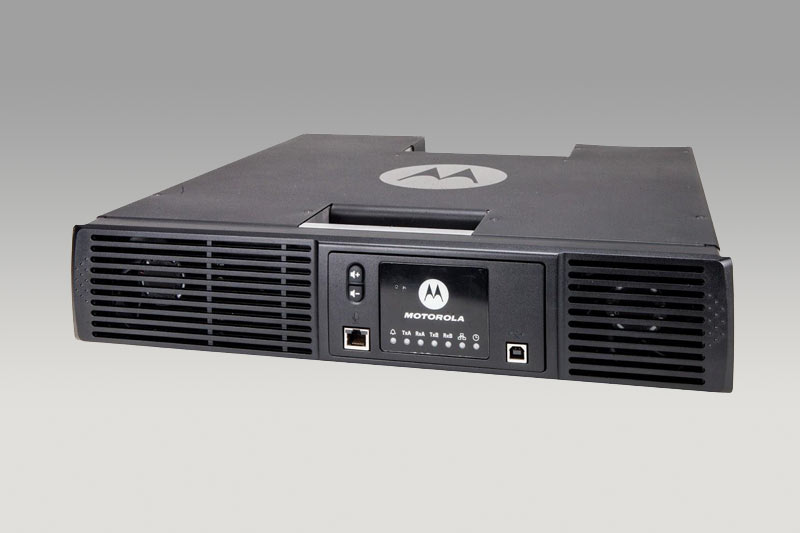Elevating Safety Standards: Ensuring Secure Installation of Digital Repeaters

In the realm of telecommunications, the installation of digital repeaters demands a precise blend of technical prowess and strategic planning. Certified technicians play a pivotal role in this process, ensuring that each installation meets industry standards and regulatory requirements.
Mastering the art of professional installation involves a deep understanding of signal propagation dynamics, antenna placement strategies, and equipment configuration. By adhering to best practices and employing cutting-edge techniques, technicians can optimize signal coverage and reliability, even in challenging environments. From commercial fleets to public safety vehicles, the seamless integration of digital repeaters enhances connectivity and operational efficiency, underscoring the importance of expertise in every installation project.
The Importance of Digital Repeaters
Radio repeaters are implemented to expand the range and improve the communication quality of two-way radios. They can take weak or low-level radio signals, amplify them, and retransmit them at a stronger signal and higher power. The result of these crucial devices is better quality and reliability across your two-way radio network. Motorola is the leader in two-way radio equipment and offers reliable and durable repeaters.
The process of using digital repeaters allows radio signals to cover longer distances without suffering a deterioration of the signal or a decrease in the quality of the audio. Repeaters can improve communication even in areas with challenging terrain or obstacles. Digital repeaters are especially vital when communication is imperative, such as when addressing public safety, transportation, or event security needs. When installed correctly, these technologies can ensure reliable communication across your entire team. You can rest easy knowing that communication will be reliable every time it’s sent.
Installing Digital Receivers
The process of installing digital receivers begins with extensive planning. Adequate preparation is the key to a successful installation. Planning should include several factors, such as:
- Optimal site selection: Site selection is crucial in determining the effectiveness of radio repeaters. An ideal location will balance elevation and accessibility while minimizing interference. Higher elevations can improve the quality of the signal and improve coverage by avoiding obstacles and sources of interference.
- Reliable power source: Prior to installation, you will also want to determine the availability of sufficient power for your repeaters. You should also identify backup power sources, such as batteries or generators, especially if you need to maintain communication during emergencies or power outages. We offer and install battery back-up systems which provide the repeater system power during power outages. We also offer a back up power system using solar panels with long lasting LiFePh batteries which can extend the repeater back up power for more than 10 days.
- Regulatory and licensing concerns: considering compliance with local regulations and licensing requirements is easily overlooked. However, compliance with these requirements is essential to avoid legal fines or even a shutdown of your network. By considering these requirements upfront, you can ensure that all aspects of compliance have been taken into consideration.
After you have planned the digital repeater installation, there are several steps in the installation process, including:
- Mounting and securing all equipment, including antennas, controllers, and power supplies (including backup power options). Mounting all features properly can reduce the likelihood of an accident that could jeopardize your safety or the safety of anyone else in the area. It also protects the gear and ensures reliable performance. Therefore, selecting durable hardware and following proper installation processes is a vital aspect of installation.
- Connecting all cables and ancillary equipment should be done to prevent signal loss, interference, and potential damage to the equipment. This task should be done with all components, including all cables and grounding wires. If your system includes a two-antenna device, you should place them at different heights to maximize the system’s capacity.
- Once the equipment is in place, you will want to configure the digital repeater to meet the specific needs of your network and team. This process may involve looking at the settings that involve frequencies, power levels, encryption, and other security settings, as well as the configuration of special features. Most repeaters come with documentation that provides guidance on the configuration of the repeater.
- Once configured, you will want to undergo a series of tests to ensure adequate coverage, sufficient quality, and the availability of all features. Identifying these issues and addressing them now is crucial in ensuring everything works the way it needs to when team communication occurs.
- Even after a successful installation of repeaters, you will want to consider developing a routine maintenance and upgrade schedule that includes a visual inspection of the equipment to identify signs of damage or wear and tear. If you find any faulty or damaged equipment, you will want to replace those components immediately to avoid network downtime and ensure continued reliable communication.
As you can see, there are many aspects to ensuring that digital repeaters are installed safely and in a way that maximizes functionality. For this reason, many companies consult with professionals who can help you plan and carry out the installation. For more information about installing digital repeaters, contact Bridge Wireless today!
